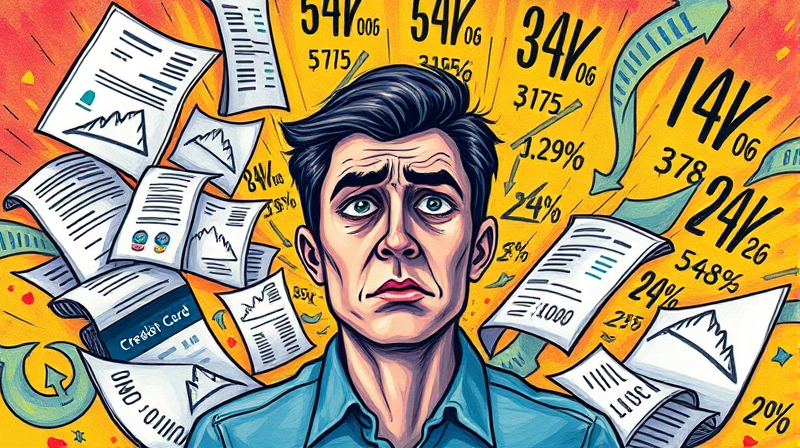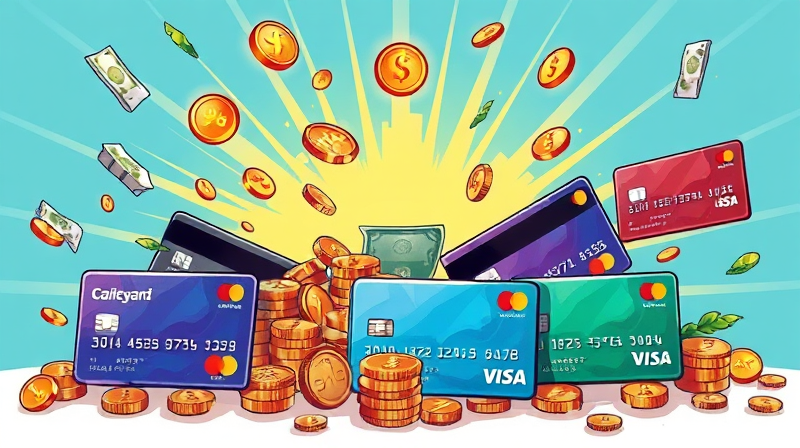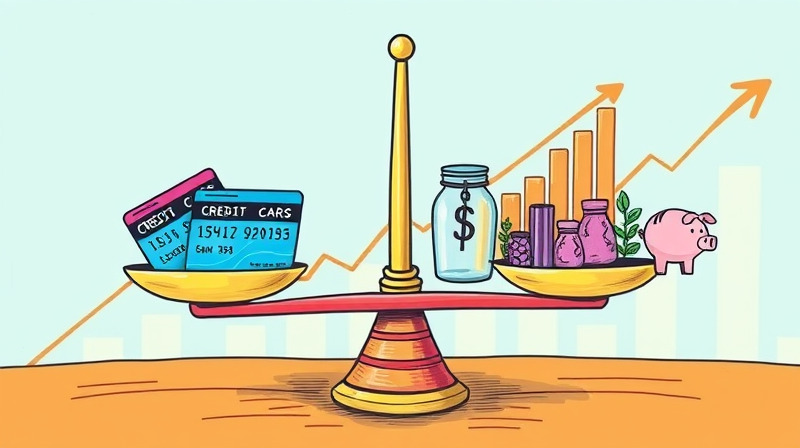Your credit score is more than just a number—it’s a reflection of your financial habits, discipline, and trustworthiness in the eyes of lenders. By understanding how every swipe and payment influences this crucial metric, you can transform your relationship with credit cards from anxiety-inducing to empowering.
In this article, we’ll explore the five major factors that determine your FICO® score, explain why they matter, and share practical tactics you can implement today to steer your credit health in the right direction.
Major Factors That Shape Your Score
Before diving into strategies, let’s break down the key components of the FICO® model:
- Payment history (35%)
- Credit utilization ratio (30%)
- Length of credit history (15%)
- Credit mix (10%)
- New credit inquiries (10%)
These percentages represent the weight each factor carries in calculating your overall score. By focusing on the top two—payment history and utilization—you can make the most significant improvements.
Payment History: The Foundation of Trust
Making on-time payments is the single most important action you can take. A spotless record of timely payments builds strong lender confidence and avoids harsh penalties.
When payments are 30 days or more overdue, your score can plunge dramatically. Even if you pay before that mark, issuers may still charge fees or raise your rate, making vigilance vital.
Imagine your credit report as a diary of financial behavior. Each timely payment writes a positive entry. A single missed or late payment leaves a scar that can linger for years. Yet the good news is, consistent patterns of punctual payments gradually overshadow past mistakes.
Understanding Credit Utilization Ratio
Your credit utilization ratio measures how much of your available credit you’re using at any given time. It’s calculated by dividing outstanding balances by total credit limits and multiplying by 100%.
To visualize how utilization levels align with credit health, consider this table:
Experts recommend keeping utilization below 30%—and the very best credit profiles stay under 10%. Both overall utilization and per-card utilization matter, so spread balances across cards or pay down high-balance accounts first.
Reducing your balances before statements close can lead to a quick rebound in your score once the credit bureaus are notified, often within 30 days.
Age of Accounts and Credit Mix
The average age of your credit accounts reflects your experience handling debt. Closing old cards can lower this average, so keep long-standing accounts open unless there’s a compelling reason to close them.
Diversifying with both revolving credit (credit cards) and installment loans (car loans, mortgages) shows lenders you can manage different debt types responsibly. However, don’t open new accounts just for the sake of variety—each application triggers a hard inquiry that may temporarily ding your score.
Tactics for Managing Credit Card Usage
Now that you understand the mechanics, here are actionable steps to improve and protect your credit score:
- Automate at least the minimum payment each month to ensure consistent on-time payments.
- Keep your utilization ratio under 30%, aiming for under 10% whenever possible.
- Monitor both overall and individual card utilization in your credit dashboard.
- Pay balances in full before the statement closing date to avoid interest charges.
- Request a higher credit limit if needed, but space out such requests to limit hard inquiries.
- Avoid closing old cards unless annual fees outweigh the benefits.
Implementing even a few of these tactics can yield visible improvements in your credit profile and empower you to make bolder financial choices.
Speed of Credit Score Changes
Most credit models update monthly, reflecting any reductions in your balances quickly. After a strong month of low utilization and on-time payments, you could see your score climb within 30 days.
However, newer scoring systems like VantageScore 4.0 and FICO 10T consider trended utilization—your balance history over 24 months—so past high balances may influence your score for longer.
Conclusion: Empower Your Financial Future
Your credit score isn’t set in stone. It’s a living measure of your daily decisions and long-term planning. By prioritizing strong payment habits and disciplined utilization, you can unlock lower interest rates, better loan terms, and peace of mind.
Remember, each payment you make and every statement you pay in full is an opportunity to write another positive chapter in your credit story. Embrace these strategies today, and watch your financial confidence and credit score rise hand in hand.
References
- https://www.experian.com/blogs/ask-experian/credit-education/score-basics/credit-utilization-rate/
- https://www.experian.com/blogs/ask-experian/how-credit-cards-can-affect-your-credit-score/
- https://www.bankrate.com/credit-cards/advice/credit-utilization-ratio/
- https://www.communityfirstfl.org/resources/blog/how-much-does-credit-card-usage-affect-my-credit-score-e853e0b627cf8f1421d2189f16c51e9d
- https://www.experian.com/blogs/ask-experian/how-long-will-high-credit-utilization-hurt-credit-score/
- https://www.lendingtree.com/credit-repair/credit-utilization-ratio/
- https://financialwellnesscenter.northwest.bank/credit-and-debt/credit/article/how-credit-card-utilization-impacts-your-credit-score
- https://www.capitalone.com/learn-grow/money-management/credit-utilization-and-credit-score/










